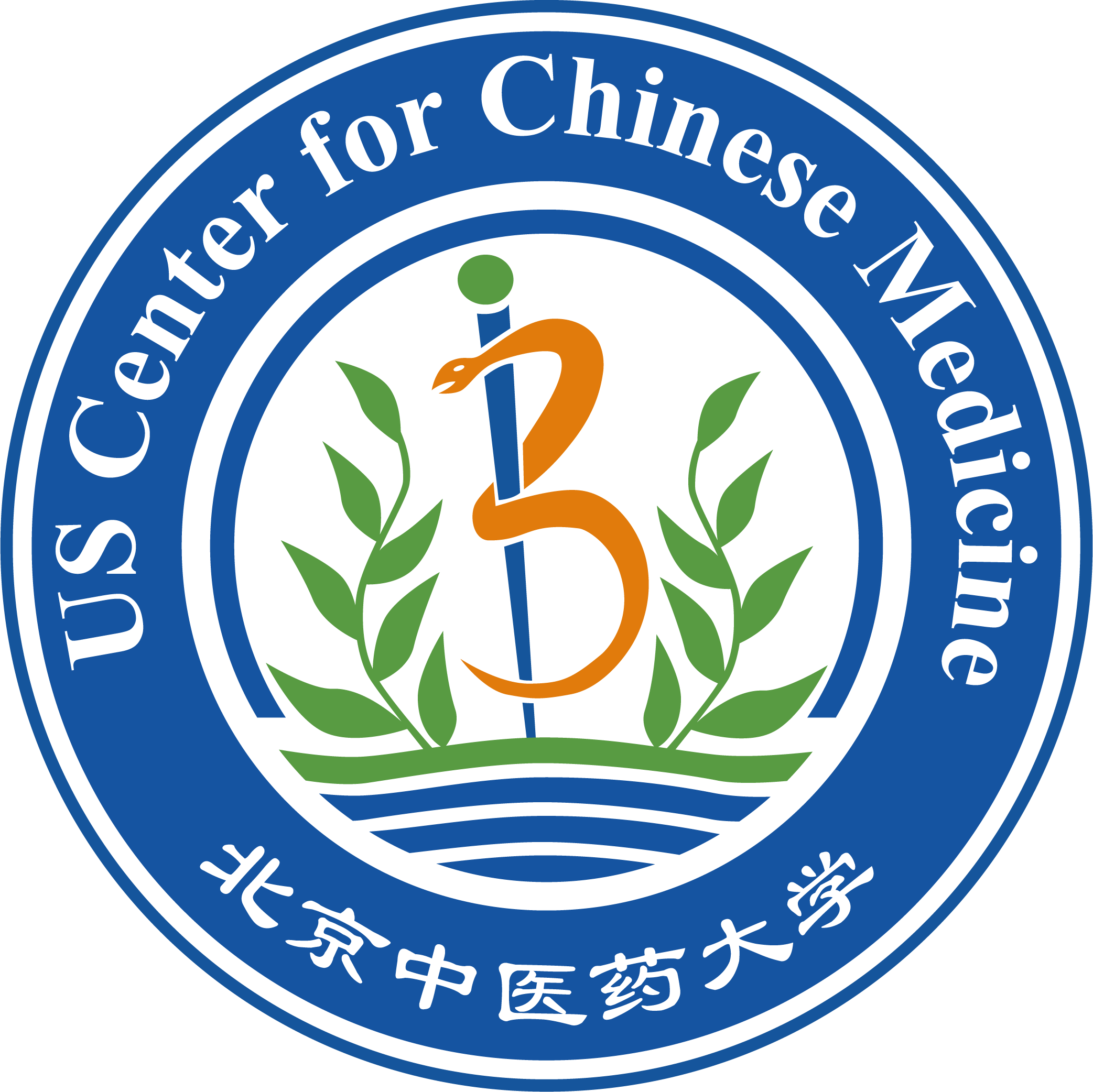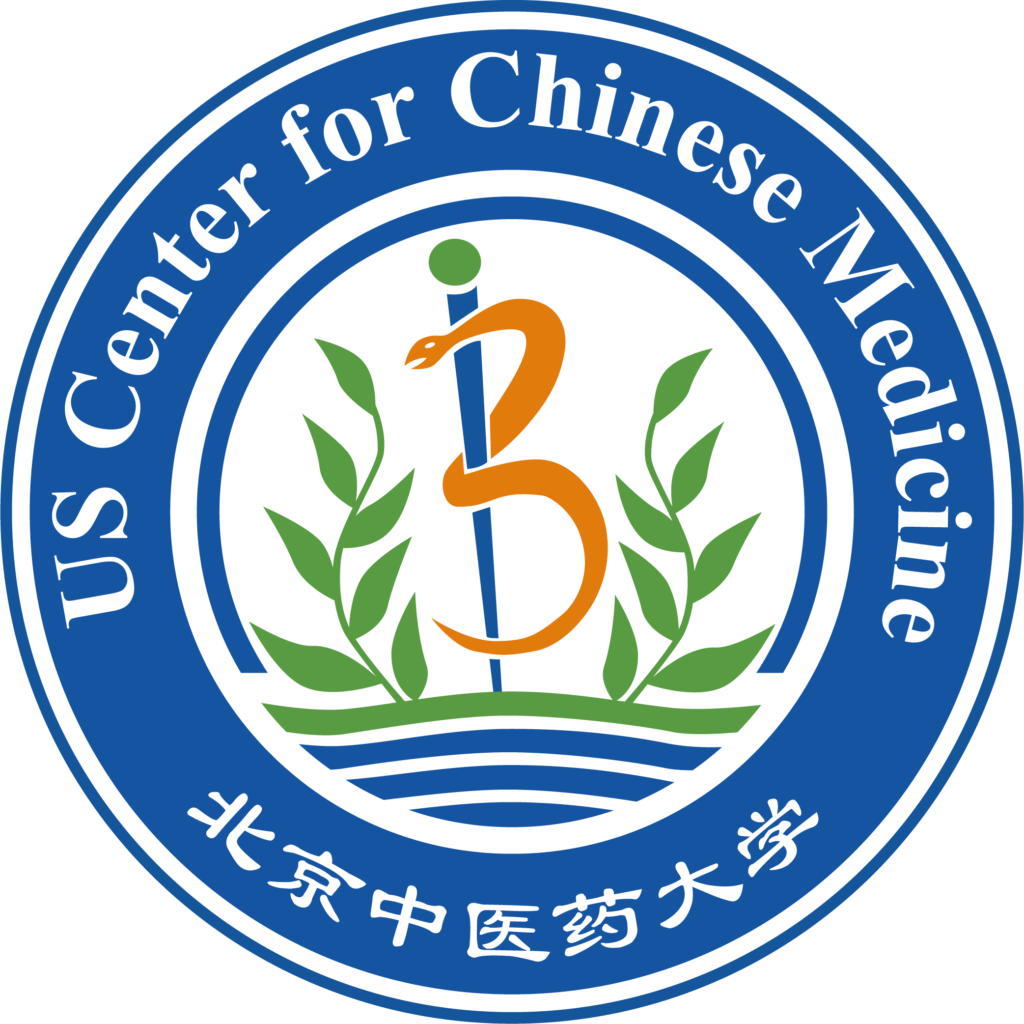Insomnia is the most common sleep disorder, leading to significant daytime consequences. This condition is linked to psychological distress, impaired daily functioning, and an increased risk of both medical and psychiatric issues. The typical clinical manifestation of PSY-I is difficulty falling asleep. Patients often concentrate and force themselves to sleep, but as they approach a state of rest, they may feel more anxious or excited, making it more difficult to fall asleep. Research has shown that reduced sleep duration and increased awakenings in PSY-I lead to daytime impairments such as drowsiness and visual fatigue.
While effective pharmacologic and psychological treatments for insomnia exist, their use is often limited due to concerns about adverse effects and practical feasibility in everyday clinical settings. Given these limitations, many people have turned to complementary and alternative medicine (CAM) for relief. Traditional Chinese Medicine (TCM), a key branch of CAM, is one of the oldest medical systems.
Although PSY-I does not have a specific disease name in TCM, it can be classified under "insomnia" and "inability to lie down." The TCM suggests that the main pathogenesis of this condition is the lack of coordination between Yin and Yang. The theory of Yin and Yang is central to sleep in TCM. Traditional theory believes that "when insomnia occurs, the disease lies in the lack of interaction between Yang and Yin." Therefore, this imbalance blocks the road where Yin and Yang intersect, leading to insomnia.
The liver's function is also linked to the circadian rhythm. Insufficient liver blood or liver blood stasis can disrupt the circadian rhythm, leading to sleep issues such as difficulty falling asleep and easy waking. Patients with liver blood stasis often experience early awakening and nightmares due to the liver blood's inability to function normally. Hence, maintaining sufficient and smooth liver blood circulation is vital for a healthy circadian rhythm.
Click for more information:
https://www.ncbi.nlm.nih.gov/pmc/articles/PMC3414091/
https://qikan.bucm.edu.cn/


